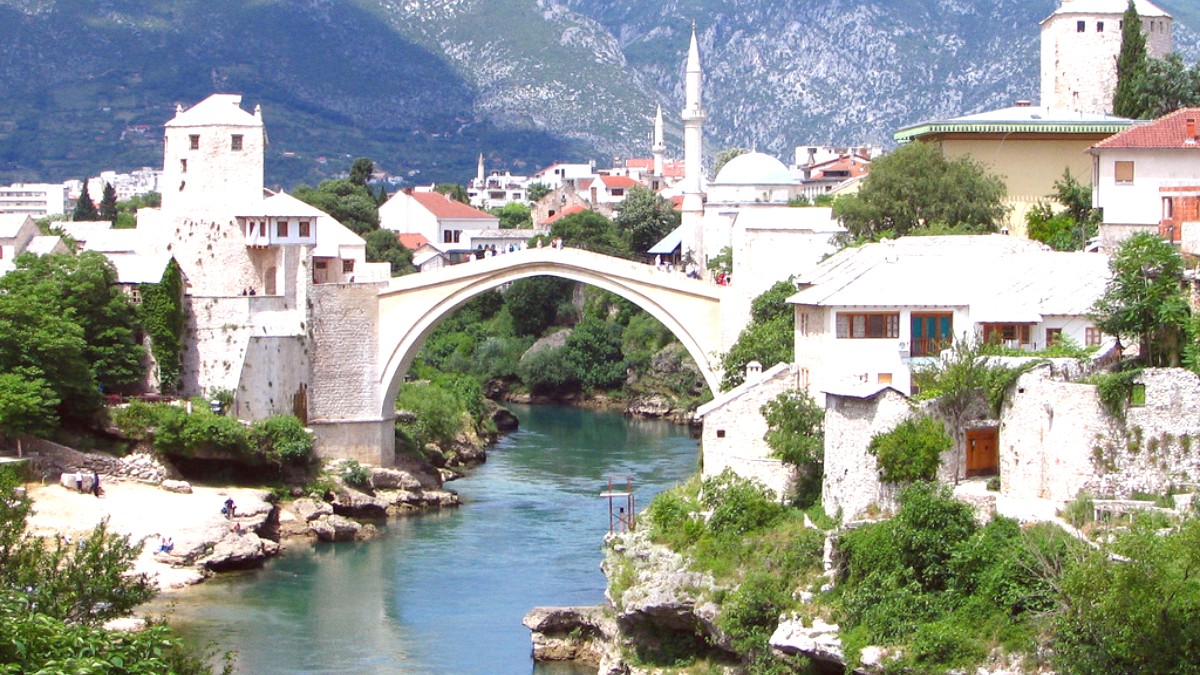
Southern Bosnia And Hercegovina, Bosnia And Hercegovina
Mostar has a limited public bus system. The city lacks a metro or tram network. The city center and Old Town are highly walkable areas, meaning public buses serve mostly specific trips.
For the Old Town, walking is the most efficient and enjoyable method. You see more of the city's charm on foot.
Public buses prove most useful for destinations slightly outside the core walking area, like Blagaj or the Mostar West Bus Station.
Route maps are not always readily available in English, making planning challenging without local assistance.
Major companies (Sixt, Hertz, Europcar) and local agencies in Mostar.
Less common, some local agencies offer during summer.
Some hostels/guesthouses offer, good for exploring nearby areas like Blagaj.
Drive on right. Headlights on always. Seatbelts mandatory. 0.03% blood alcohol limit.
Car rental procedures typically include a minimum age of 21. A credit card for a security deposit is usually required.
The legal blood alcohol limit is 0.03%, effectively a zero-tolerance policy.
Enforced: 50 km/h in urban areas, 80 km/h on open roads, 130 km/h on motorways.
Main roads generally good, smaller rural roads vary and can be less maintained.
Walking is the ideal way to experience Mostar's charm, especially in the historic center. The Old Town, including Stari Most, is entirely pedestrianized.
Mostar lacks hop-on-hop-off bus services like larger European cities.
Excursions to Blagaj, Kravice Waterfalls, Počitelj use mini-vans or small tour buses.
Small traditional boats offer short scenic rides on the Neretva River below the Old Bridge.
Mostar's charm is best experienced on foot, especially in the Old Town. Public buses serve the wider city, and taxis stand ready for convenience. Renting a car suits broader regional exploration.
Be mindful of specific safety advisories, notably regarding war-damaged areas and driving conditions. Thoughtful choices around local transport options lead to a smooth Mostar visit.